Description
Arts and Culture: An Introduction to the Humanities, Combined Volume (4th Edition) by Janetta Rebold Benton, Robert DiYanni Ph.D.
ISBN-13: 978-0205816675
ISBN-10: 0205816673
Edition: 4th
Chapter 1: Prehistoric, Mesopotamian, and Egyptian Civilizations
Multiple Choice
- It is thought that the __________ was used for Old Kingdom tombs because, as one of the most stable geometric forms, it symbolized permanence to ancient Egyptians.
- circle
- cube
- sphere
- pyramid
- cone
Answer: D
Page ref: 22
- During the New Kingdom, burial in __________ replaced burial in pyramids.
- the temple
- rock-cut tombs
- a courtyard in the palace
- the city square
- none of the above
Answer: B
Page ref: 26
- The Human-Headed Winged Lion (fig. 1.9) with the body of a lion, wings of a bird, and head of a human probably functioned as a(n) __________.
- worshipper in the temples
- figure celebrating military victories
- guardian figure
- illustration of favorite stories
- king
Answer: C
Page ref: 13
- Which of the following is not true regarding Paleolithic sculpture?
- The most frequently depicted subjects are memory images of animals
- There are few figures of wood or other perishable materials that remain today
- The most famous example of a sculpture from the era is the Woman (or Venus) of Willendorf (fig. 1.2)
- In France, a clay sculpture of two bison was found
- No humans are represented
Answer: E
Page ref: 5
- The basic plan of the rock-cut tombs of the Middle Kingdom resemble __________.
- an Egyptian home of the time
- the pharaoh’s palace
- a typical Egyptian shop
- the simplest type of temple
- both B and D
Answer: A
Page ref: 26
- Egyptian relief sculptures and paintings show human figures both in profile and frontal positions simultaneously __________.
- t0 display each part of the body from its most characteristic point of view
- because artists were unskilled in drawing the human body
- because such a design was dictated by Egyptian religious beliefs
- none of the above
- both A and C
Answer: A
Page ref: 29
- The only significant break in the continuity of Egyptian life were the political, religious, and artistic changes during the reign of which pharaoh?
- Zoser
- Chefren
- Tutankhamen
- Akhenaten
- Mycerinus
Answer: D
Page ref: 31
- The ruler __________ is associated with an ancient code of laws and decrees.
- Naram-Sin
- Gilgamesh
- Hammurabi
- Nebuchadnezzar
- Ashurnasirpal II
Answer: C
Page ref: 12
- Some scholars believe that cave paintings were created to __________.
- ensure a successful hunt
- express the power of the ruler
- commemorate the death of a member of the group
- celebrate an abundant harvest
- represent gods
Answer: A
Page ref: 6
- King Nebuchadnezzar rebuilt __________ which became the greatest city in the Near East.
- Babylon
- Cairo
- Lagash
- Ur
- Persepolis
Answer: A
Page ref: 14
- The earliest burial places of the Old Kingdom Egyptian nobility were called __________, flat-topped one-story rectangular buildings with slanted walls.
- pyramids
- serdabs
- mortuary temples
- mastabas
- huts
Answer: D
Page ref: 21
- Scholars were able to decipher Egyptian writing by comparing the three
languages included on the __________.
- Palette of Narmer
- Rosetta Stone
- Stepped Pyramid of Zoser
- Book of the Dead
- wall relief of Ti Watching a Hippopotamus Hunt
Answer: B
Page ref: 18
- The term ka is roughly equivalent to the concept of __________.
- sin
- good versus evil
- heaven
- judgment
- a soul
Answer: E
Page ref: 20
- What is known of Paleolithic life derives largely from __________.
- cromlechs
- cuneiform writing
- relief sculptures
- paintings found in caves
- all of the above
Answer: D
Page ref: 5
- The Great Sphinx (fig. 1.17) __________.
- was placed in a Valley Temple
- is made of gold and semiprecious stones
- indicates the power of the pharaoh
- reappears in Classical Greek mythology
- none of the above
Answer: C
Page ref: 22
- In painting of the Neolithic era __________.
- paintings are located in rock shelters and beneath cliff overhangs
- the human figure is given prominence
- paintings feature more storytelling than in the Paleolithic era
- all of the above
- none of the above
Answer: D
Page ref: 6
- The oldest known major literary work in the world is called __________.
- The Iliad
- The Tale of Genji
- The Poem of the Supersage
- The Law Code of Hammurabi
- The Epic of Gilgamesh
Answer: E
Page ref: 10
- Egyptian relief work, such as Ti Watching a Hippopotamus Hunt (fig. 1.21), was meant to be
seen __________.
- by visitors to the nobleman’s tomb
- by no one
- only by the ka of the deceased
- by priests who came often to the tomb to perform rituals
- by those who discovered the tomb thousands of years later
Answer: C
Page ref: 25
- __________ is (are) the most common subjects for European cave paintings.
- Scenes of battle
- Animals
- Humans participating in religious rituals
- Women representing fertility goddesses
- none of the above
Answer: B
Page ref: 5
- __________ is not one of the standard poses for Egyptian sculptures of the human figure.
- Sitting on a block
- Standing with one foot forward
- Sitting cross-legged on the floor
- Kneeling on both knees
- Reclining
Answer: E
Page ref: 22
- Which of the following statements is true of New Kingdom temples?
- One of the largest is at Luxor
- The temples were considered the home of the gods
- They were constructed using the post and lintel system
- The entire temple complex was essentially symmetrical and organized around a longitudinal axis
- all of the above
Answer: E
Page ref: 26
- __________ is (are) not included in the Victory Stele of Naram-Sin (fig. 1.7).
- A mountain
- The ruler Naram-Sin
- An army victoriously marching up the mountain
- A representation of the temple
- A set of stars representing Naram Sin’s protecting gods
Answer: D
Page ref: 11
True/False
- A ziggurat is a mountain-like platform upon which Sumerians placed their temples.
Answer: T
Page ref: 9
- The prophet Zoroaster, a Persian, developed a dualistic religion that asserted the universe was divided between two forces, one good and the other evil.
Answer: T
Page ref: 15
- A serdab is a hidden room in a tomb that contains a statue of the dead person.
Answer: T
Page ref: 21
- Hieroglyphics was the writing system used by the Assyrians.
Answer: F
Page ref: 18
- Homo sapiens means “the ignorant man.”
Answer: F
Page ref: 5
- The process of brewing beer was developed by the Sumerians around 8000 years ago.
Answer: T
Page ref: 16
- Polytheism is the belief in a single god.
Answer: F
Page ref: 9
- The Palette of Narmer (fig. 1.14) comes from the Egyptian city of Hierakonpolis.
Answer: T
Page ref: 17
- The Mesopotamians used a form of writing known as cuneiform.
Answer: T
Page ref: 8
- A cromlech is a horizontal beam supported by vertical posts.
Answer: F
Page ref: 7
Short Answer
- Examine the form and purpose of the Woman (or Venus) of Willendorf .
- What is the most likely use of the architecture at Stonehenge?
- Trace the development of cuneiform writing.
- Summarize the Sumerian religion and include a discuss of religious architecture and artifacts.
- Describe the aspects of the rebuilding of Babylon by Nebuchadnezzar II.
- Trace the development of Egyptian funerary architecture of the Old Kingdom from the mastaba to
the pyramid.
- What is a ka statue and why was it made of stone?
- Explain the changes that took place during the reign of Akhenaten and the effects of these changes on art production of the time.
- Describe how ancient Egypt was imagined by Europeans during the late eighteenth and early nineteenth century.
- What do wall paintings suggest about dance and music in ancient Egyptian world?

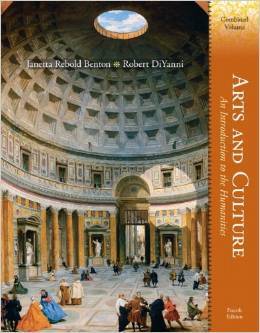
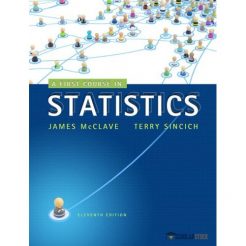
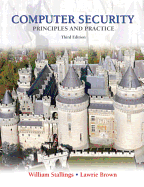
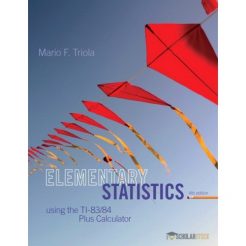
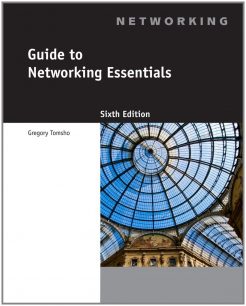

Reviews
There are no reviews yet.